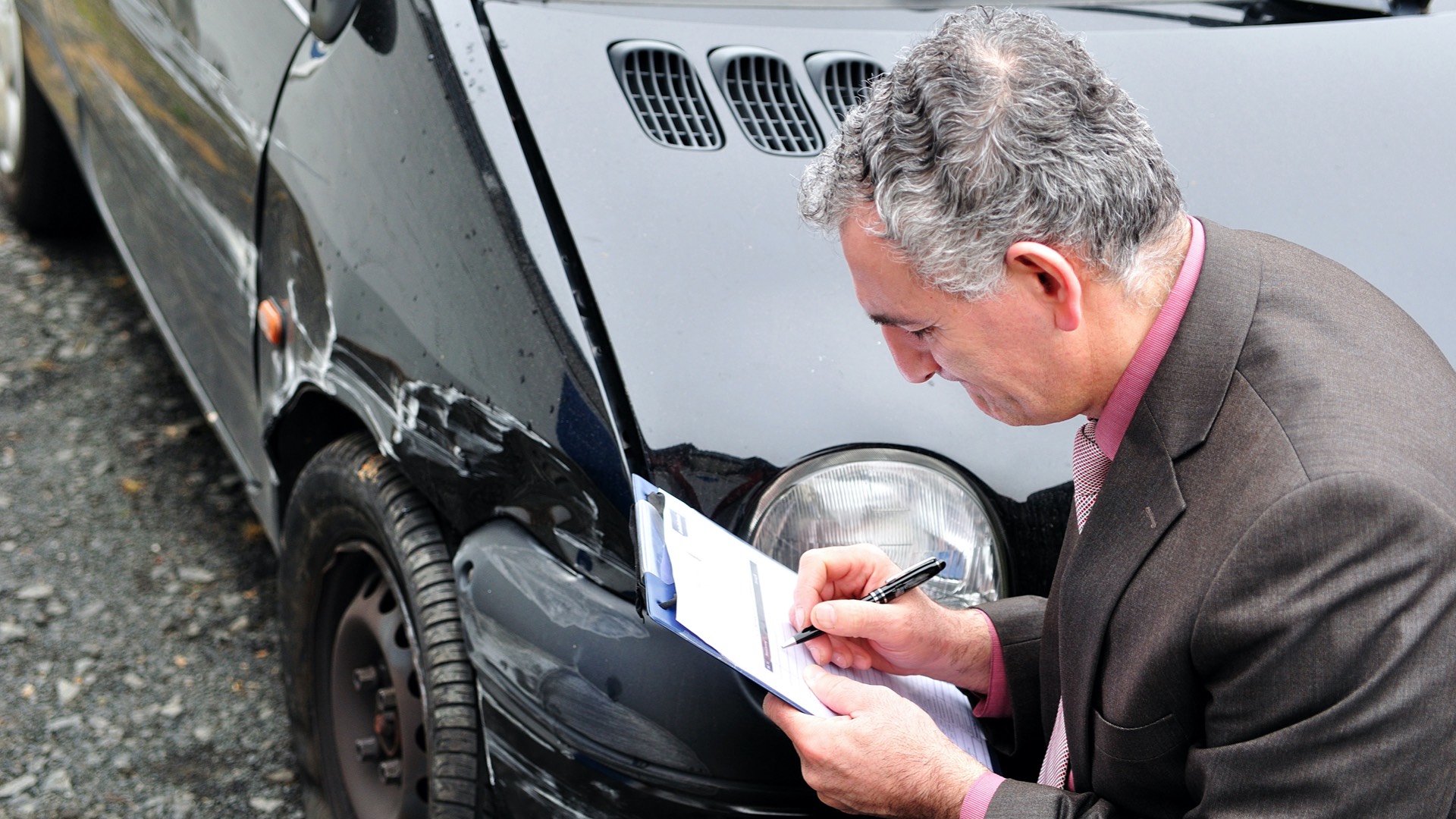
Motorists are being warned to expect an increase in the cost of car insurance in 2020. A ‘perfect storm of factors’ will put pressure on premiums, according to a leading price comparison website.
It says that insurance premiums will continue to rise throughout the year, pointing to five key factors behind the higher costs. Here, we reveal the five driving forces behind the inflated premiums, along with some of the ways you can offset the cost.
Car theft is on the up
There was a three percent increase in the number of vehicle offences in the year up to June 2019. This is mainly as a result of the increase in the number of vehicle thefts (up seven percent) and incidences of theft from a vehicle (up two percent).
The keyless car theft ‘epidemic’ is another factor. More expensive cars are being stolen, increasing the average claim for a stolen car to over £8,000 in Q2 2018. This is up from £3,500 in 2013 when records began.
How personal injury compensation is calculated

The Ogden discount rate is used to determine the amount insurers should pay as compensation to people who have suffered life-changing injuries. Because the compensation is paid in a lump sum, the amount is discounted to account for interest payments.
Government changes to the rate add to the cost for insurers, which is passed on to the motorists in the form of higher premiums.
Higher cost of repairs
Cars have never been safer, but the plethora of safety assistance systems, connectivity and associated technology makes it more expensive to repair a car following an accident. Equipment such as radars, cameras and sensors tend to be located in vulnerable areas of the car, such as bumpers and grilles.
Insurers pay-out over £12 million a day to repair damaged vehicles. New technology has resulted in insurers categorising more vehicles as uneconomical to repair.
Brexit
The economic uncertainty has led to a fall in the value of the pound, increasing the cost of imported cars and replacement parts. This simply adds to the cost of vehicle repairs.
Insurance fraud

Car insurance fraud remains a big issue. Although insurers use robust fraud detection systems, there are many incidences of policyholders providing false information and making false or exaggerated claims. There are also many cases of people staging crashes to make a personal injury claim.
‘Perfect storm of factors’
Lee Griffin, CEO of GoCompare Car Insurance said: “We’re expecting this year to be another challenging one for car insurers, with a perfect storm of factors coming together to put further pressure on premiums. In addition to rising claims costs, economic and political uncertainty, insurers may face regulatory measures to change their pricing practices as the Financial Conduct Authority publishes its report and remedies on making the car insurance market work better for customers.
“There are also concerns that as the government seeks to raise revenue, the rate of insurance premium tax (IPT) charged on car insurance – which currently stands at 12 percent, could come under the spotlight again, with some experts fearing it could rise to 20 percent in line with other insurances and VAT. The rate of IPT has been unchanged since June 2017, and hopefully this year won’t be the year it is reviewed upwards again.
“Rather than just sitting back and accepting a bigger bill for their car insurance, motorists should shop around to find cover at a good price, that suits their needs.”
How to get cheaper car insurance

Regardless of where you live, what car you drive and what kind of cover you’re after, you should always shop around for a better deal. Figures released today show that letting your car insurance auto-renew will cost an average of £40. In some cases it could be as much as £125.
Here are 10 other ways to get cheaper car insurance:
- Pay annually – paying upfront will always be cheaper than paying monthly. Consider an interest-free credit card, but make sure you repay the full amount before the 0 percent offer ends.
- Increase your excess – choosing a higher voluntary excess will decrease the cost of your cover. But be warned: you’ll pay more in the event of a claim.
- Limit your mileage – don’t overestimate your annual mileage, as this will cost you money. Instead, calculate how many miles you expect to cover and then add a buffer to account for unforeseen circumstances.
- Choose the right vehicle – a 1.0-litre city car is likely to be cheaper to insure than a 2.0-litre SUV. You might find that an older vehicle is cheaper to insure, especially if it doesn’t have the costly tech mentioned above. That said, some safety systems can help to lower a premium.
- Avoid modifications – altering the design and performance of your vehicle is likely to increase the cost of insurance. Everything from new alloy wheels to a new audio system is classed as a modification, so check with your insurance company before making changes.
- Improve your security – adding an alarm, immobiliser and locking wheel nuts could lower your premium. As an aside, think about adding a steering lock to provide some protection against opportunistic keyless car theft criminals.
- Choose the right policy – if you own a cheap car to drive to the railway station, do you need comprehensive cover? A third party, fire and theft policy should be cheaper.
- Consider your add-ons – see what’s included in your policy and whether you need any add-ons.
- Consider a telematics policy – fitting a ‘black box’ can make your car insurance cheaper, whatever your age, as long as you’re a careful driver.
- Look out for admin fees – some companies charge a fee for making adjustments to a policy. Paying £5 extra for a policy with no admin fees might be more cost-effective than going with a company that charges £50 to make minor adjustments.
For more ways to get cheaper car insurance, visit the GoCompare website. Meanwhile, for more motoring hints and tips, check out our advice section.